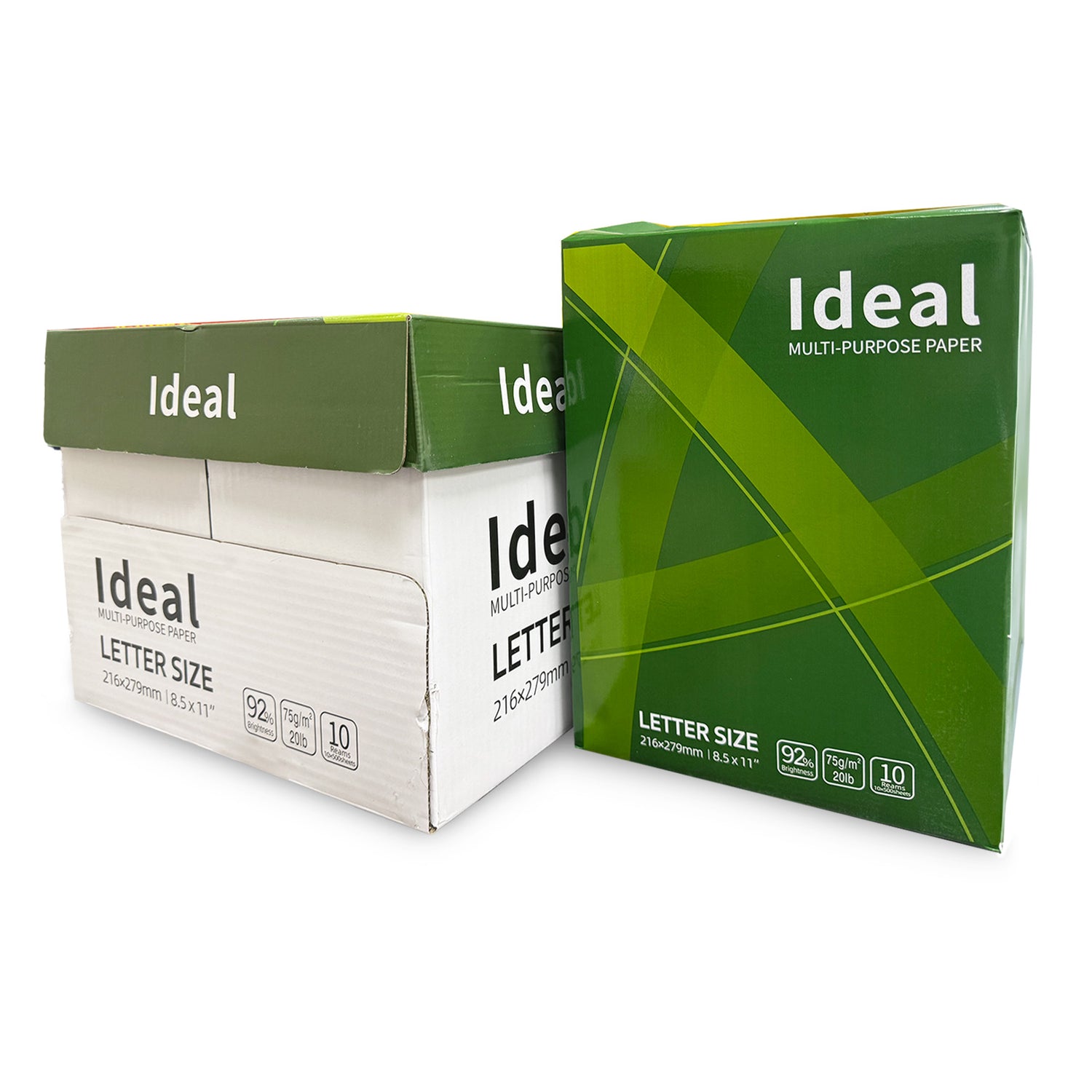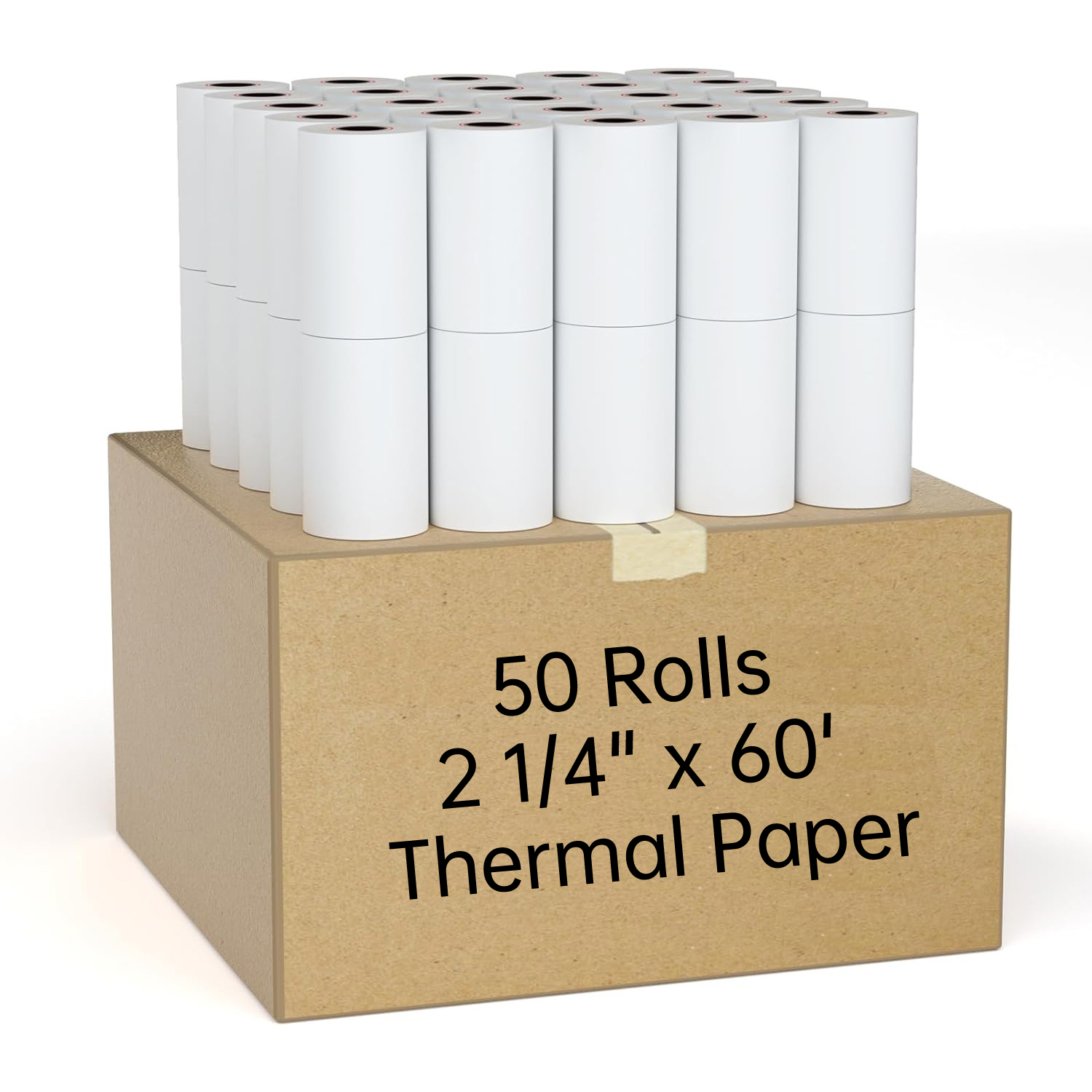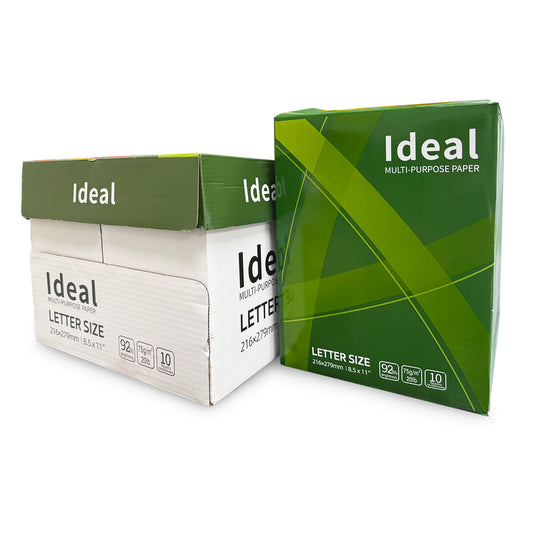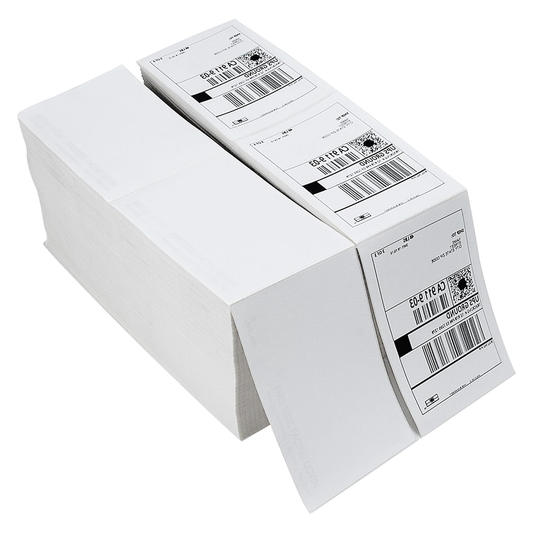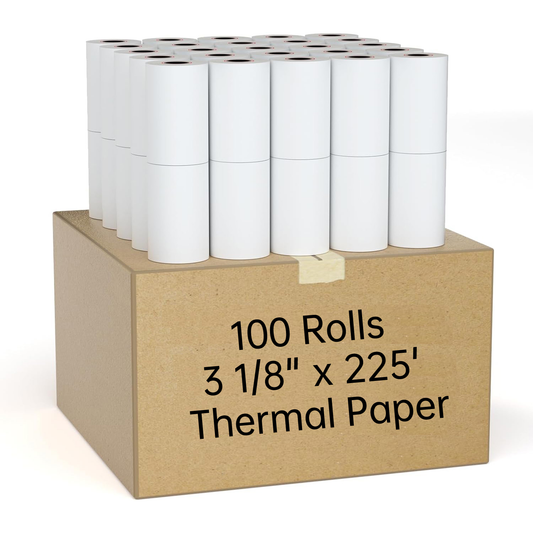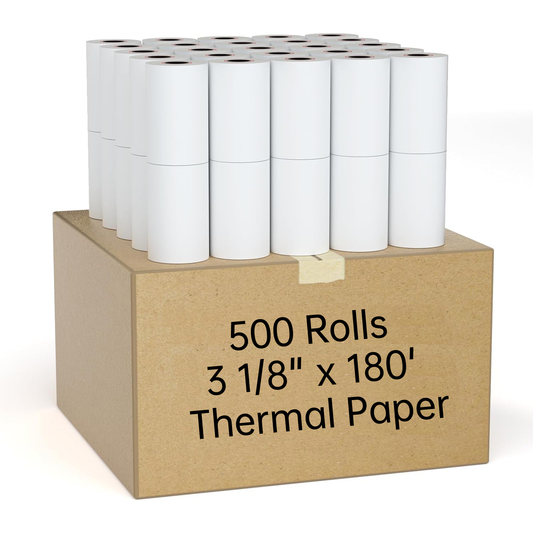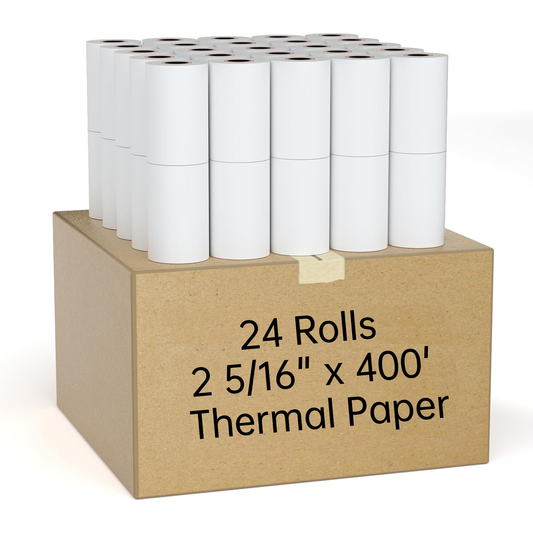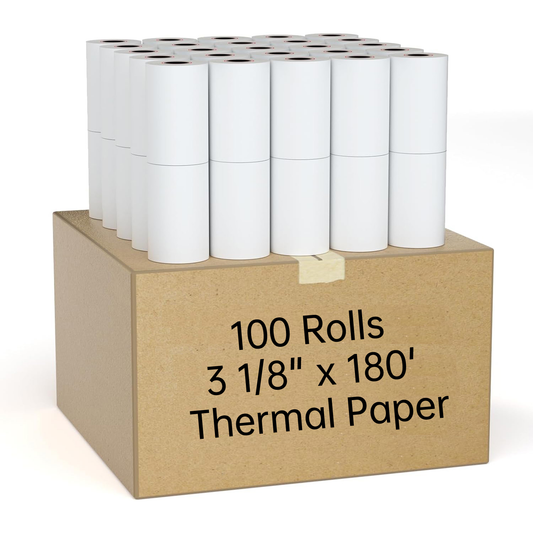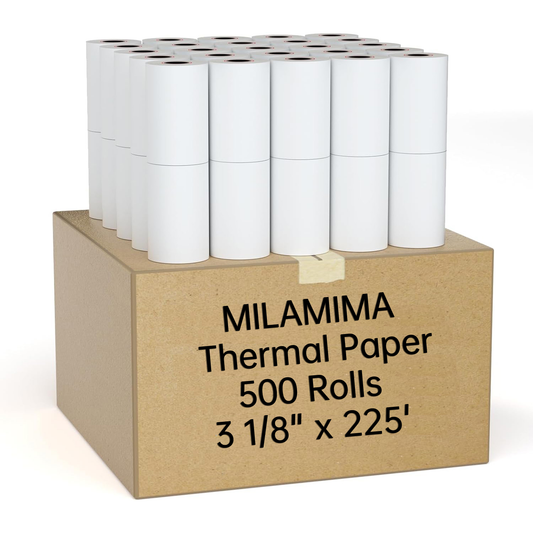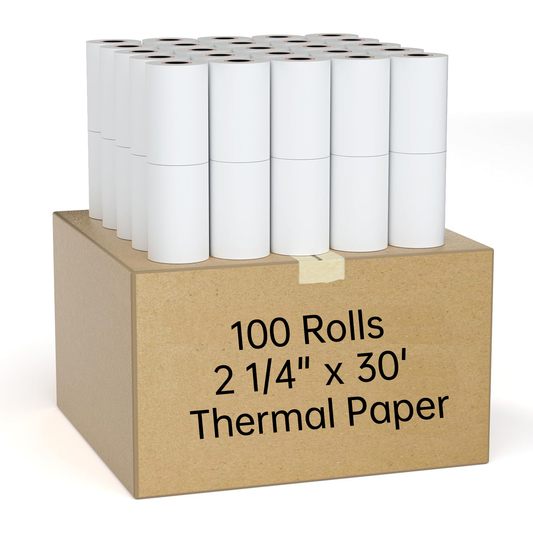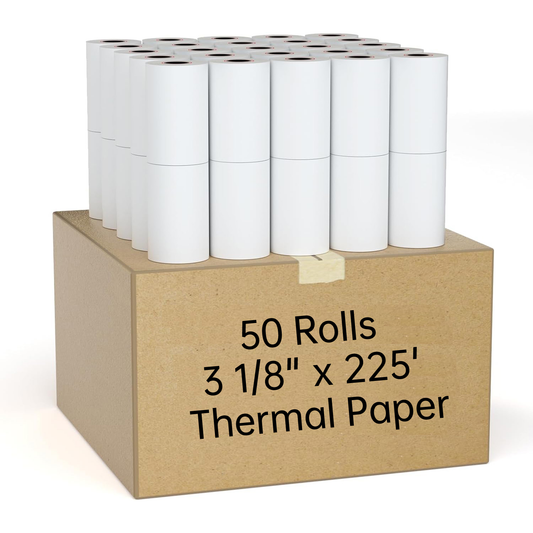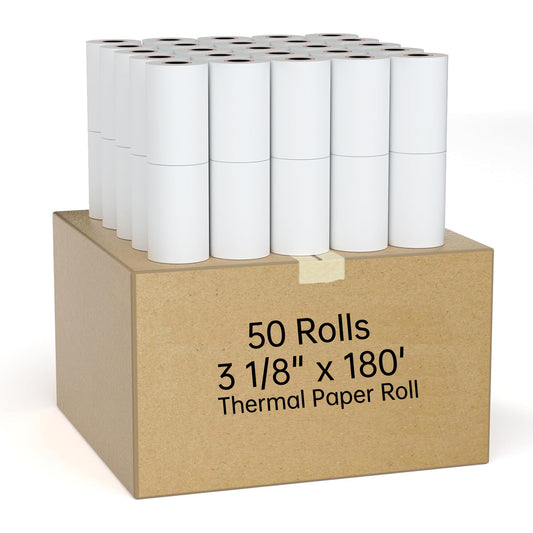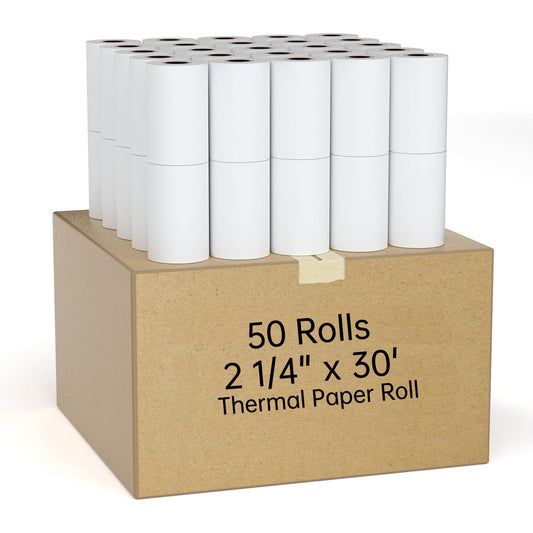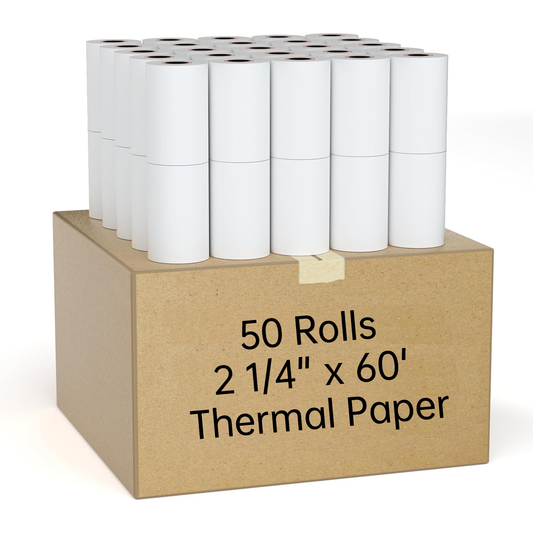Binoculars are indispensable tools for outdoor enthusiasts, providing enhanced vision and closer encounters with nature. Whether you're an avid birder, a passionate stargazer, or a dedicated hunter, understanding how to choose, use, and maintain your binoculars is key to maximizing their performance and longevity.
Choosing the Right Binoculars:
1. Understanding Specifications:
- Magnification: Determines how close the subject will appear. Higher magnification (e.g., 8x, 10x) is ideal for distant objects.
- Objective Lens Diameter: A larger diameter (e.g., 42mm, 50mm) allows more light, providing brighter images, crucial for low-light conditions.
2. Types of Binoculars:
- Compact Binoculars: Lightweight and portable, perfect for travelers and hikers.
- Night Vision Binoculars: Equipped with infrared illuminators for low-light and nighttime viewing.
- Astronomy Binoculars: Larger aperture and higher magnification for observing celestial objects.
3. Considerations for Specific Activities:
- Birdwatching: Opt for binoculars with a wide field of view and good close focus capabilities.
- Stargazing: Choose binoculars with large objective lenses (e.g., 50mm or more) and high magnification.
- Hunting: Rangefinder binoculars are beneficial for estimating distances accurately.
Using Your Binoculars Effectively:
1. Adjusting Focus and Diopter:
- Set the interpupillary distance (IPD) to match your eyes' width.
- Adjust the central focusing knob and diopter adjustment for sharp images.
2. Using with Eyeglasses:
- Extend the eyecups or use binoculars with long eye relief to accommodate eyeglass wearers.
3. Proper Viewing Techniques:
- Support your elbows on a stable surface or use a tripod for extended viewing sessions.
- Practice panning smoothly to track moving subjects.
Maintenance Tips for Longevity:
1. Cleaning:
- Use a soft brush or air blower to remove dust before wiping lenses with a microfiber cloth.
- Use lens cleaning solution sparingly and avoid alcohol-based cleaners.
2. Storage:
- Keep binoculars in a protective case when not in use to prevent dust and moisture buildup.
- Store in a cool, dry place away from direct sunlight.
3. Regular Inspection:
- Check for signs of wear, loose parts, or misalignment.
- Service your binoculars annually, especially if used frequently in harsh conditions.
Conclusion:
Mastering the art of using binoculars involves understanding their features, selecting the right type for your activities, and maintaining them properly for longevity. Whether you're a beginner or an experienced user, this guide equips you with essential knowledge to enhance your outdoor experiences. Explore our recommendations and expert tips to make the most of your binoculars in birdwatching, stargazing, hunting, and beyond!




